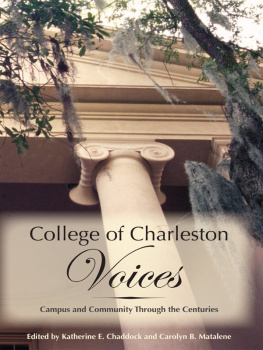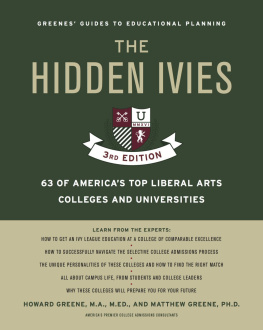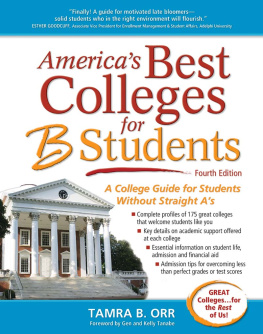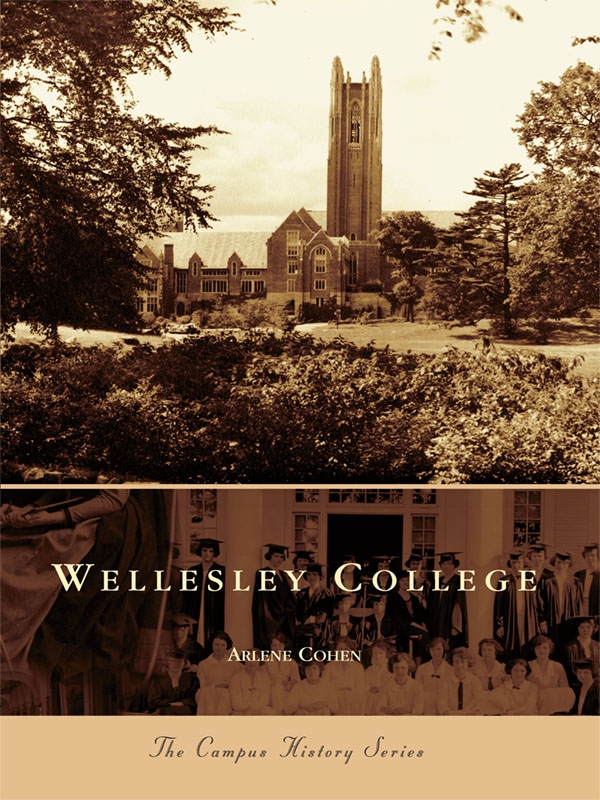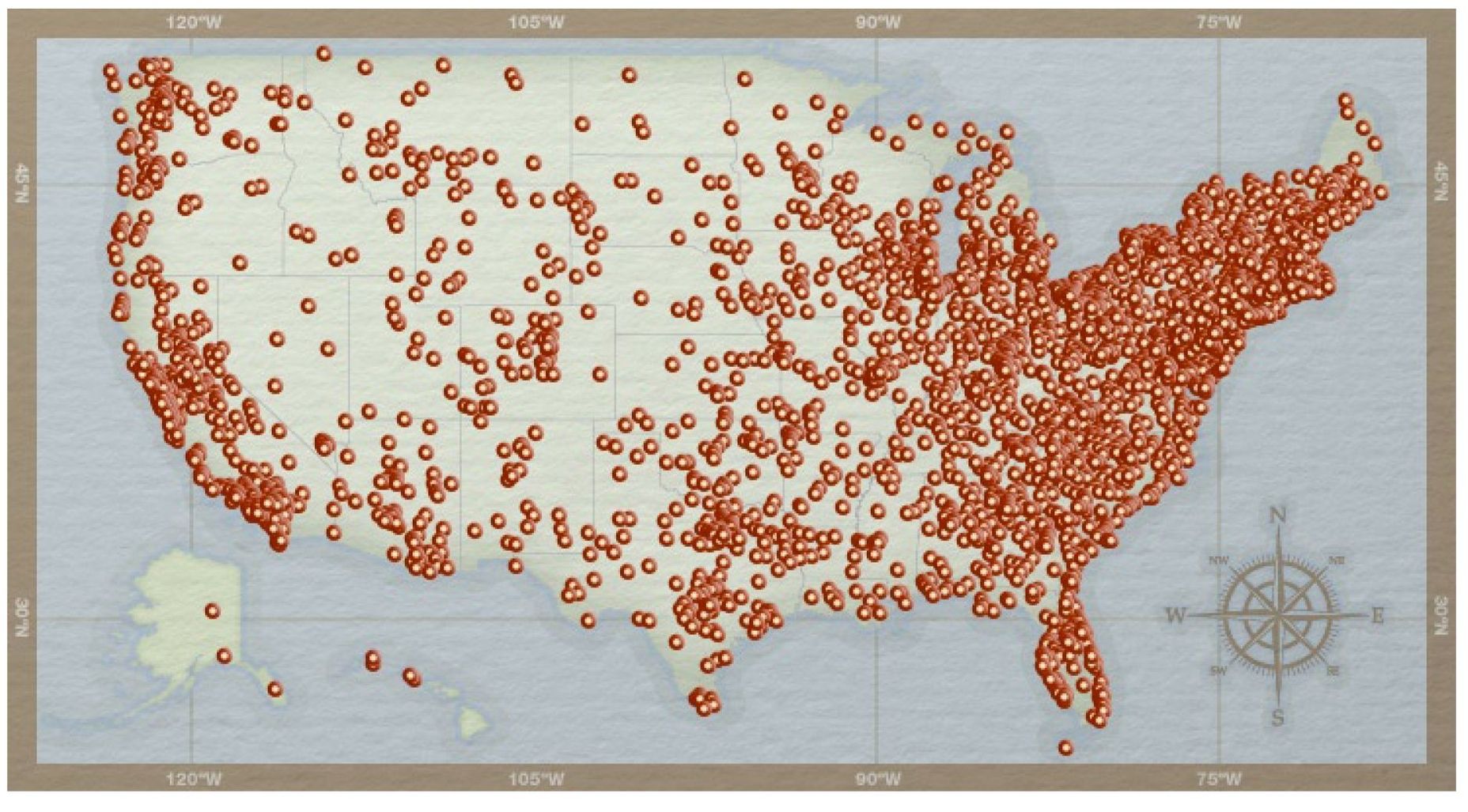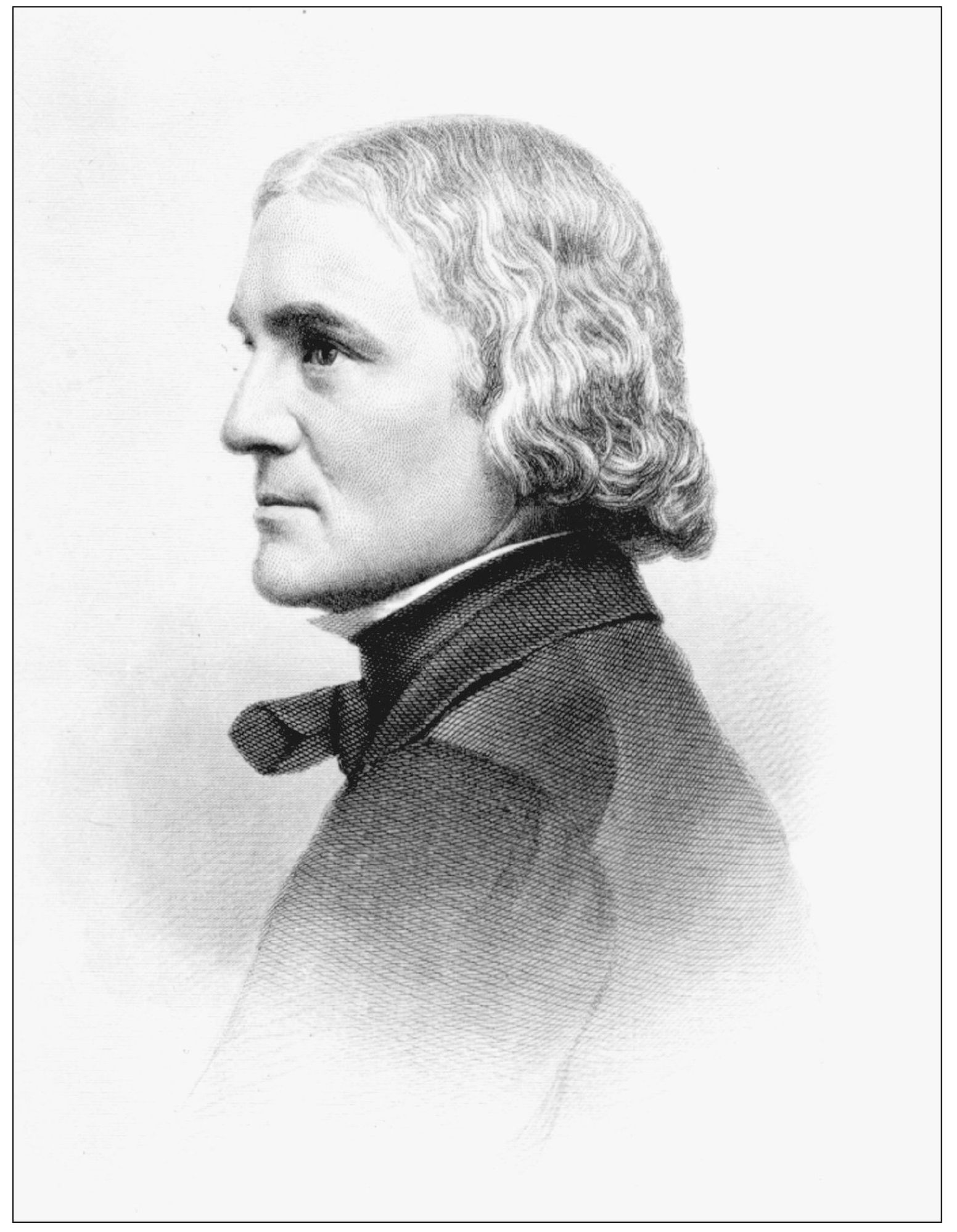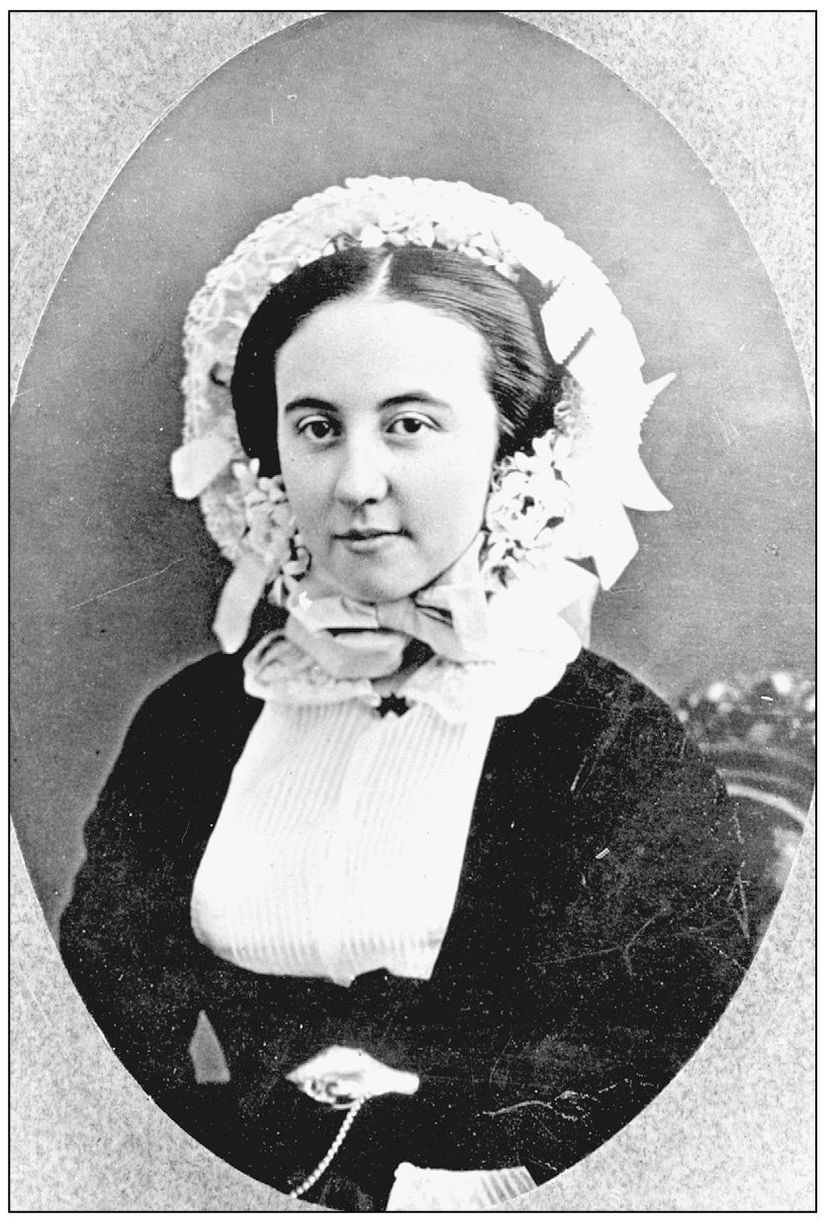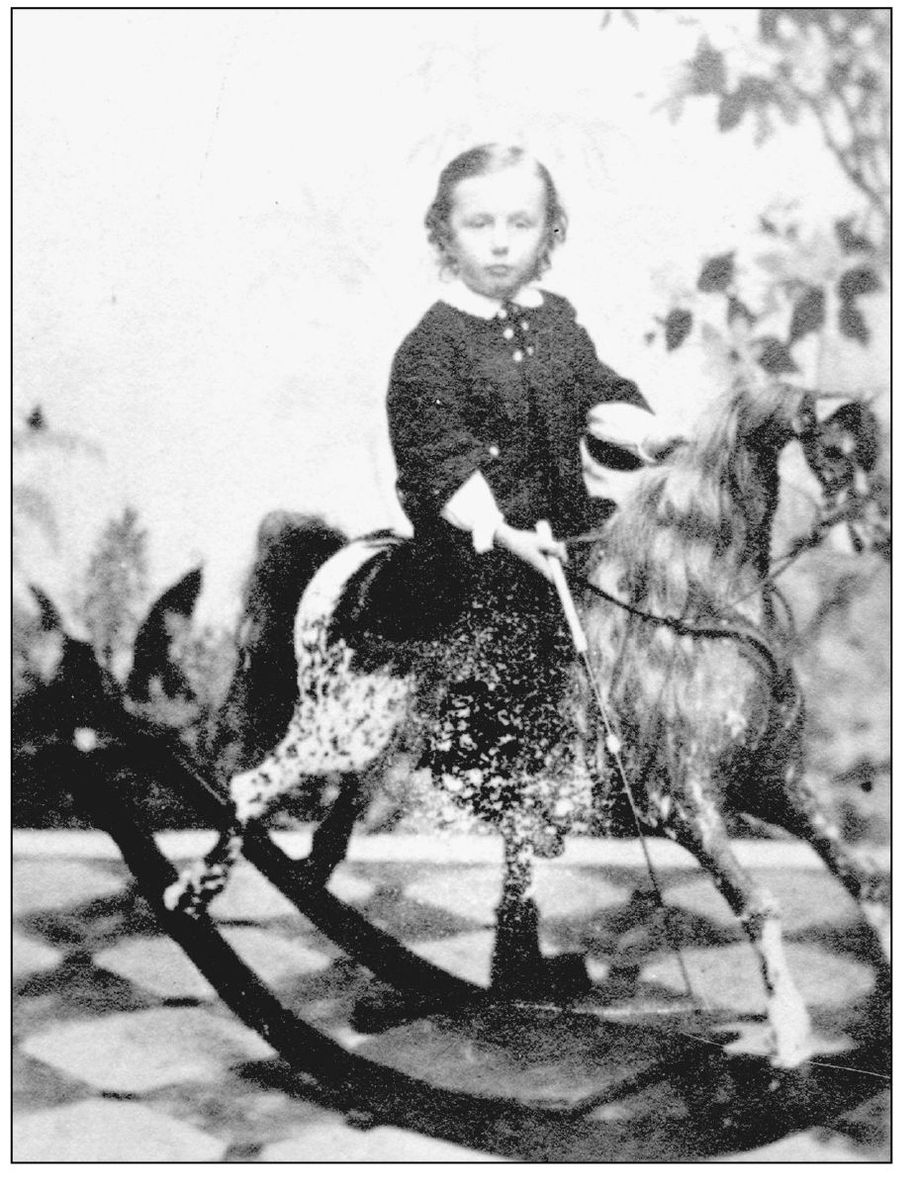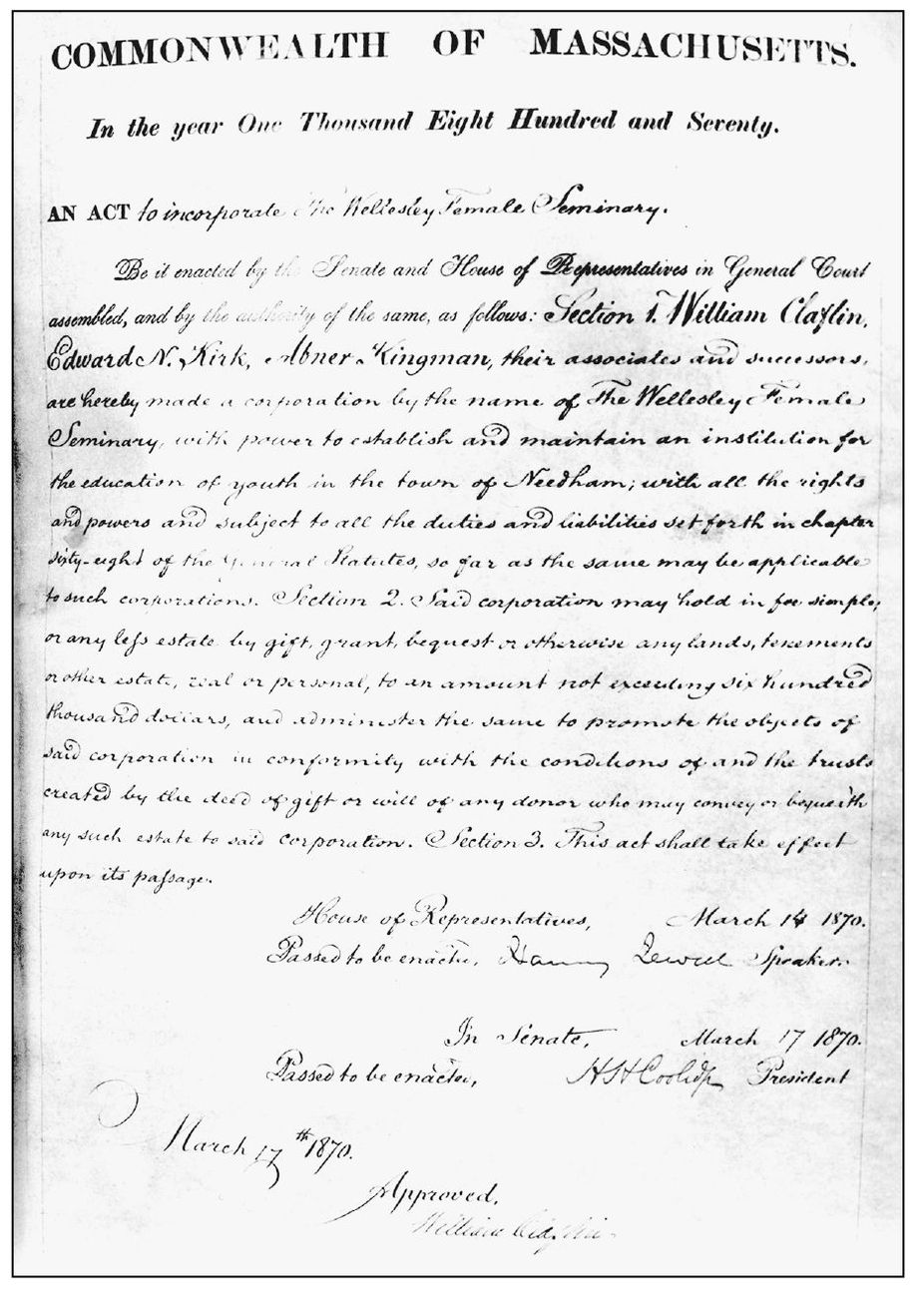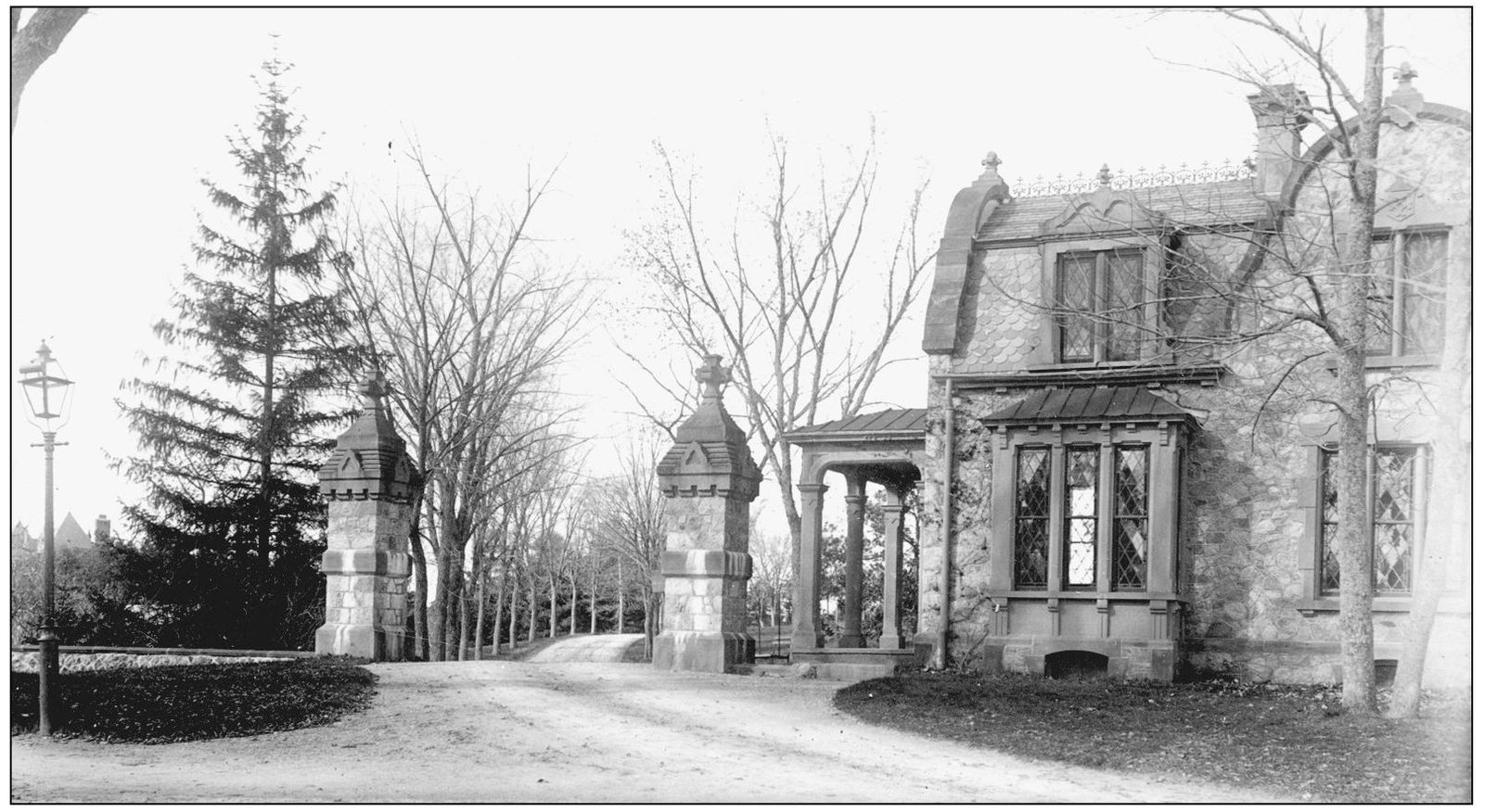One
COLLEGE HALL AND THE EARLY YEARS
The story of Wellesley College begins with Henry and Pauline Durant. After the tragic death of their son in 1863, the couple turned to their Christian ideals for solace and healing. They abandoned their plans to build a great estate for their son on their land outside of Boston and began pondering possible uses for those nearly 300 acres.
The decision to found a college for women was influenced by the Durants active involvement with Mount Holyoke College, founded in 1837; Henry was a trustee, and Pauline had helped found the library there. Both believed strongly in the education of women and began dreaming of another great college dedicated to that purpose. They reached their decision in 1867 and called their new school Wellesleythe name of the neighboring estate owned by Horatio Hollis Hunnewell, whose wifes family name was Welles.
In 1870, the Massachusetts legislature incorporated Wellesley Female Seminary, and in August 1871, the foundation stone of College Hall, the grand building that would be the entire college in its beginning years, was laid. While the building was under construction on the hill overlooking Lake Waban, the planning of the college went on in earnest. In 1873, the Durants and their fellow trustees proposed a significant name change to the legislature; the new school would be Wellesley College.
Great care and attention to detail were put into the design of College Hall. Throughout the building, students were exposed to beauty, in the fine furniture in student rooms, the china plates on dining hall tables, the paintings on the walls. The Durants spared no expense. At the same time, they envisioned a Wellesley College for all who were capable. Tuition and costs were kept low so that Wellesley could educate (in Henry Durants words) the calico girls as well as the velvet girls.
When the college opened on September 8, 1875, a total of 314 young women arrived on the campus. Entrance exams showed that only 30 of these young women were ready to do college-level work, and they were enrolled as Wellesleys first freshman class; the others began college preparatory studies with the hope of attaining collegiate status within a year or two.
The Durants dream was realized, and Wellesley College began.
The founder of Wellesley College was born Henry Welles Smith on February 20, 1822. After graduating from Harvard, he began practicing law, first in Lowell, Massachusetts, and then in Boston. When he moved to Boston in 1847 and found many other lawyers there named Smith, he changed his name to Henry Fowle Durant, adopting two family names. He married his cousin Pauline in 1854 and began to amass a considerable fortune through his law practice and financial investments. In addition to their homes in Boston and New York City, the Durants purchased property in what was then West Needham, 12 miles outside the city of Boston, where they spent summers at their original farm. Apart of the farm cottage remains on the land; it is a small residence hall called Homestead.
Pauline Durant is seen here in her wedding bonnet. She and Henry had two childrena son, Harry, born in 1855, and a daughter, Pauline, born a year later. The little girl died when she was only 12 weeks old, and the Durants doted on their surviving child, imagining a great future for him.
Tragically, Harry Durant succumbed to diphtheria and died when he was eight years old. His distraught parents felt the need to put their West Needham land, which would have been their sons estate, to good use. They considered an orphanage for boys, but eventually their convictions about the importance of the education of women took hold and the idea of Wellesley College was born.
On March 17, 1870, the Commonwealth of Massachusetts granted a charter to Wellesley Female Seminary. Three years later, another act of the legislature changed the name to Wellesley College. In 1877, a third act gave the college the right to grant degrees. The original charter hung on the wall outside the dining room of College Hall.



